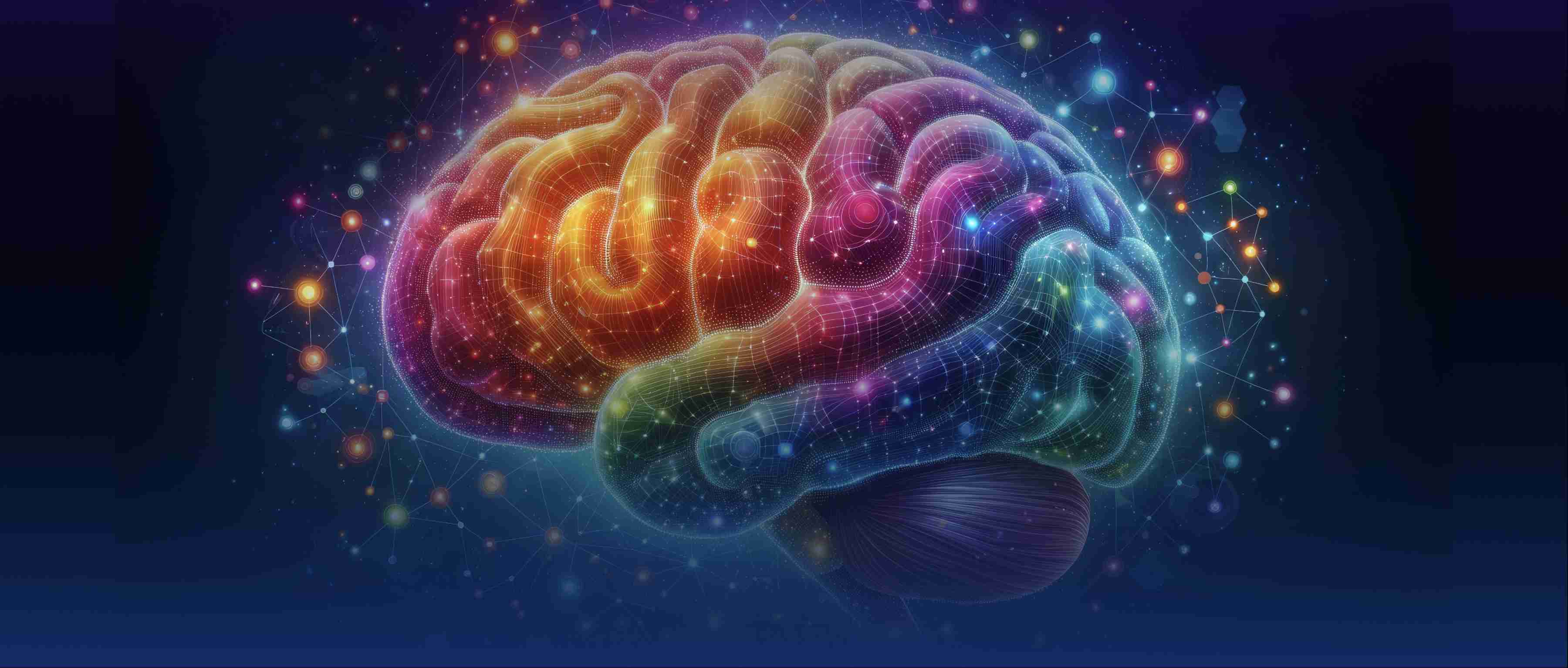DeepSeek's models are primarily designed for natural language processing (NLP) tasks and are not specifically optimized for image recognition. While they might have some capabilities in handling visual data, they are primarily built to understand and generate text. For tasks that require image recognition, developers typically use specialized models that have been developed for that purpose, such as convolutional neural networks (CNNs). These models are trained on large datasets of images to classify, identify, and extract features from visual data effectively.
For developers interested in image recognition, popular frameworks like TensorFlow and PyTorch provide a variety of pre-trained models that can be readily applied to different image recognition tasks. For example, models such as ResNet, Inception, and VGG16 have demonstrated high performance in visual classification challenges. These models are often trained on large datasets like ImageNet, which contain millions of labeled images across thousands of categories. By using these tools, developers can leverage advanced techniques in image processing, speeding up their development and improving model accuracy without starting from scratch.
If you are looking to integrate image recognition capabilities into your project, it would be beneficial to explore dedicated image processing libraries such as OpenCV alongside these machine learning frameworks. These libraries offer functions for image manipulation and can enhance your pipeline, whether you are working on object detection, facial recognition, or image segmentation tasks. Thus, while DeepSeek's models are not suited for image recognition, there are many alternative approaches and resources available that developers can use to achieve their image-related goals effectively.
